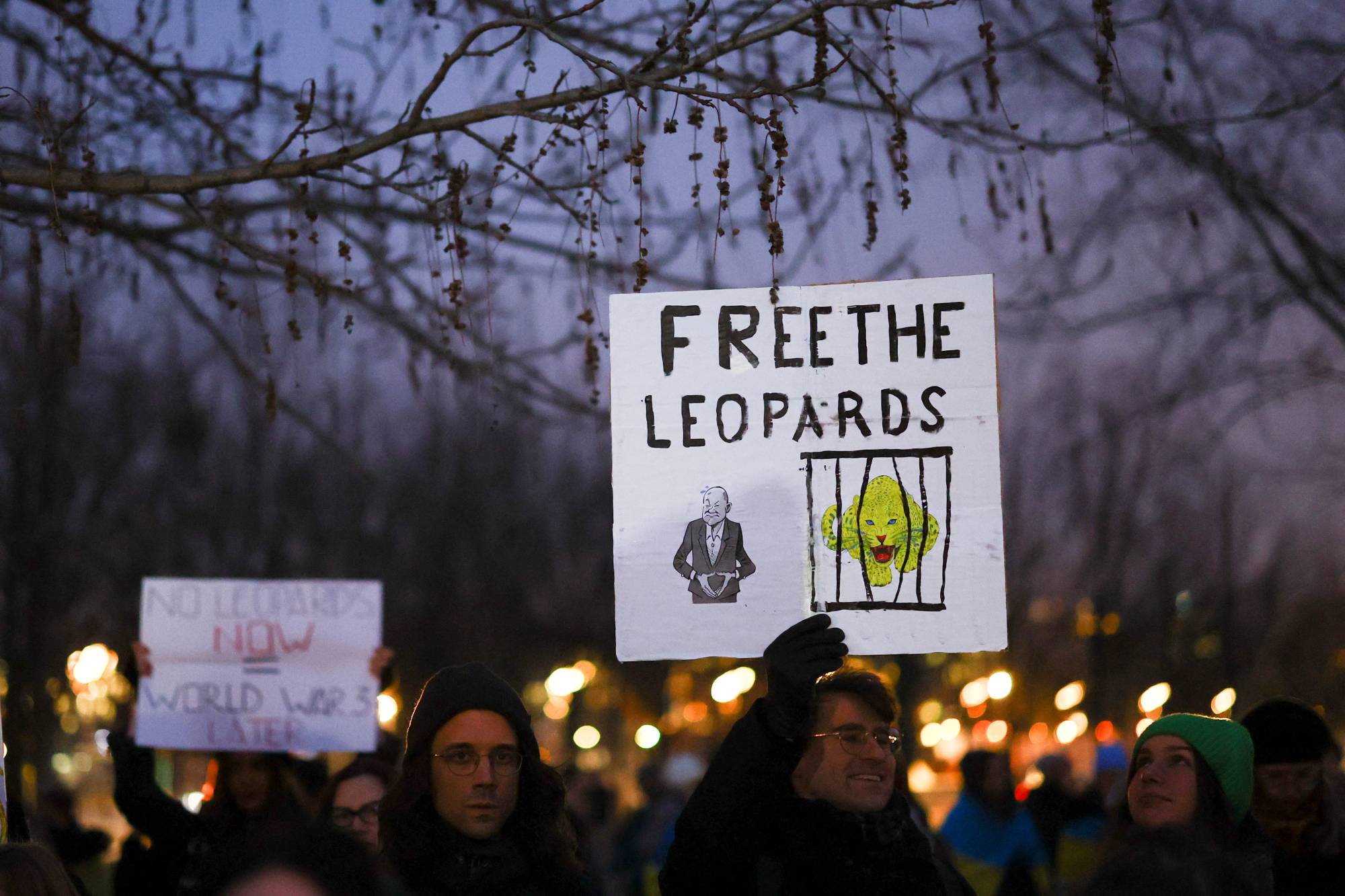The billions of dollars in new arms for Ukraine announced this month — including British tanks, American fighting vehicles, and howitzers from Denmark and Sweden — are testament to Russian President Vladimir Putin’s failure to split the NATO allies after nearly a year of war. But small yet significant fractures are getting too big to hide.
The differences are over strategy for the coming year and the more immediate question of what Ukraine needs in the next few months, as both sides in the war prepare for major offensives in the spring. And although most of those debates take place behind closed doors, Britain’s impatience with the current pace of aid and Germany’s refusal to provide Leopard 2 tanks to Ukraine broke out into public view this week.
When the new British foreign secretary, James Cleverly, visited Washington this week, he gathered reporters for lunch and made the case that it is possible for Ukraine to score a "victory” in the war this year if the allies move fast to exploit Russia’s weaknesses. Officials in Poland, the Baltic States and Finland have largely agreed with the British assessment.


















With your current subscription plan you can comment on stories. However, before writing your first comment, please create a display name in the Profile section of your subscriber account page.